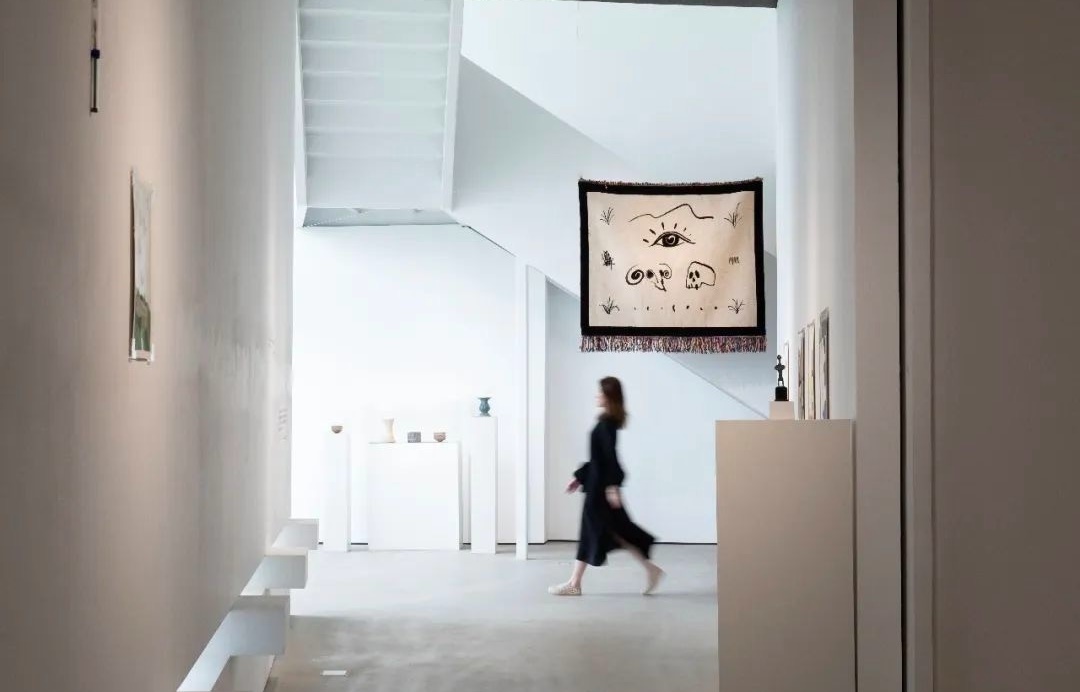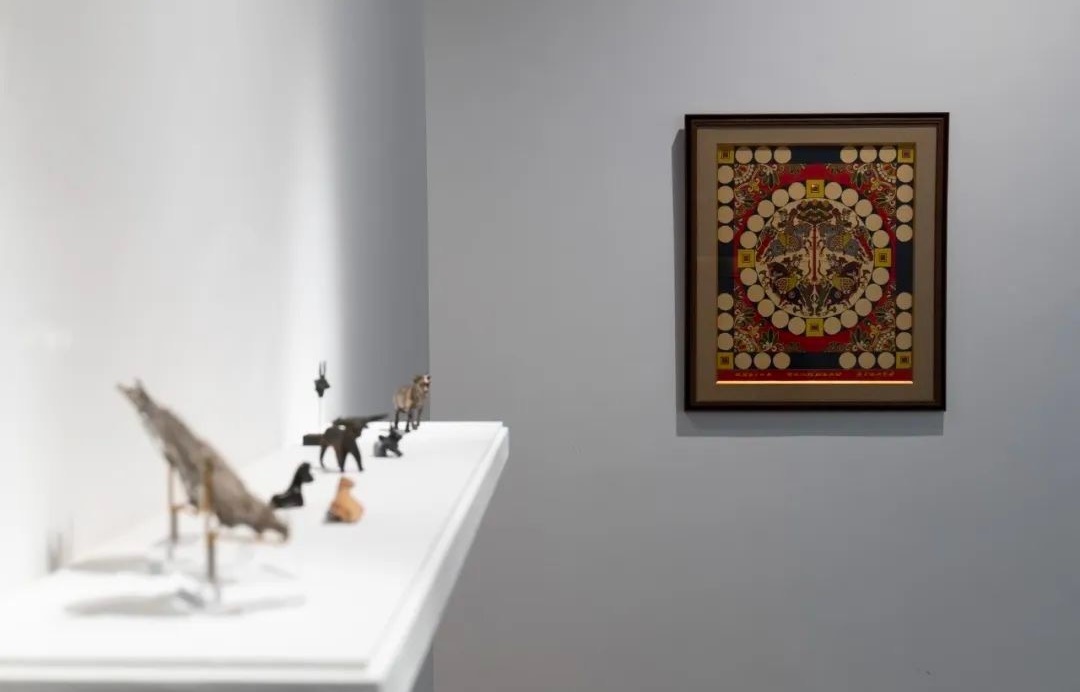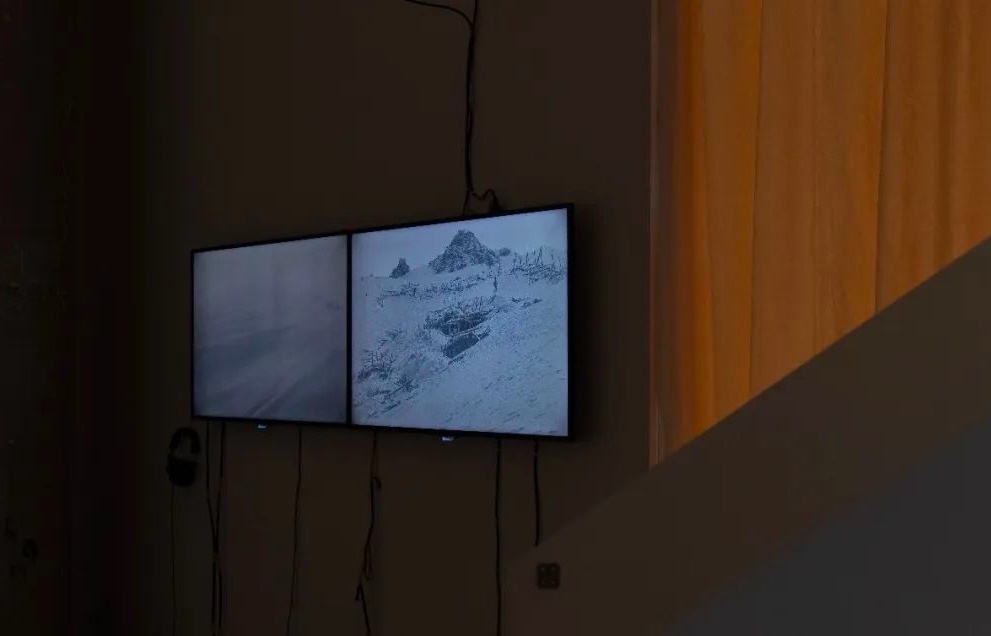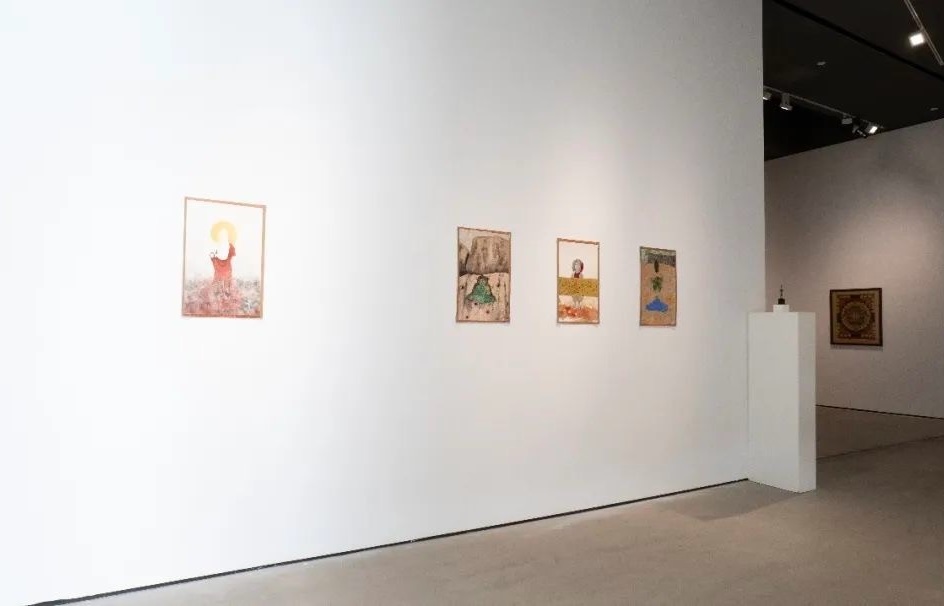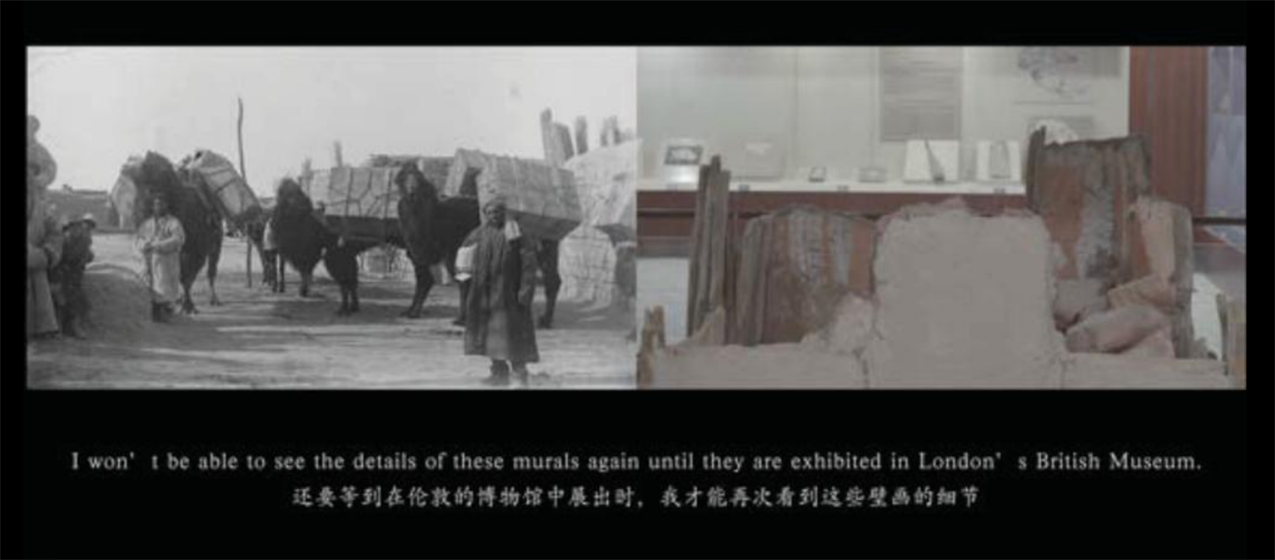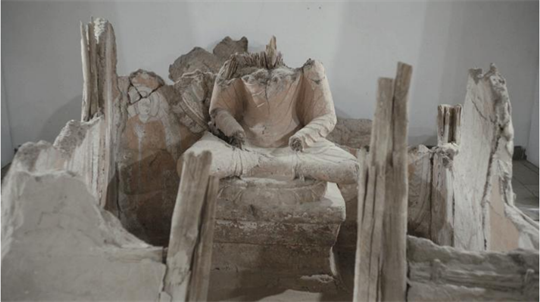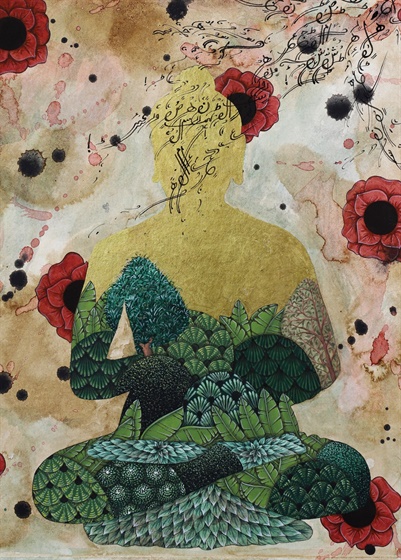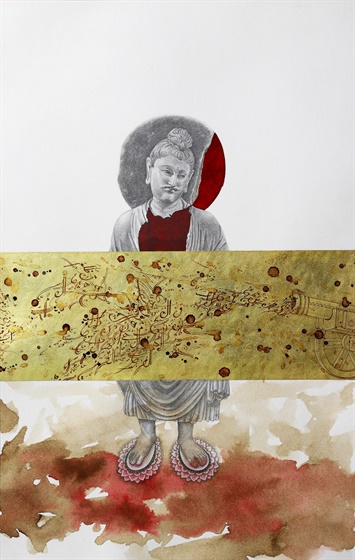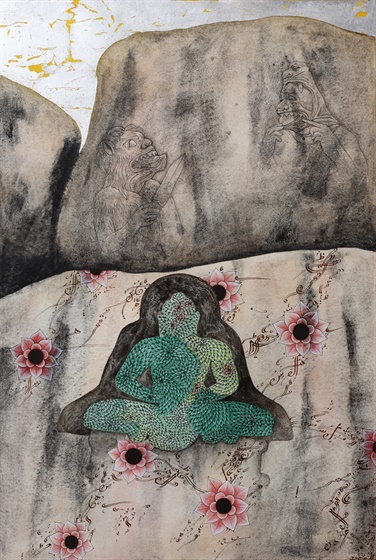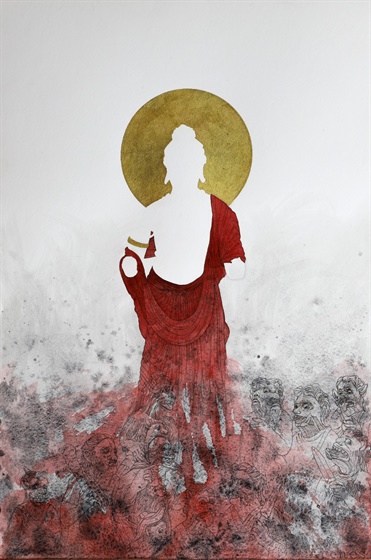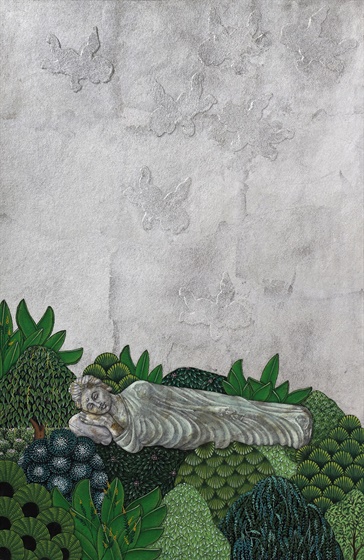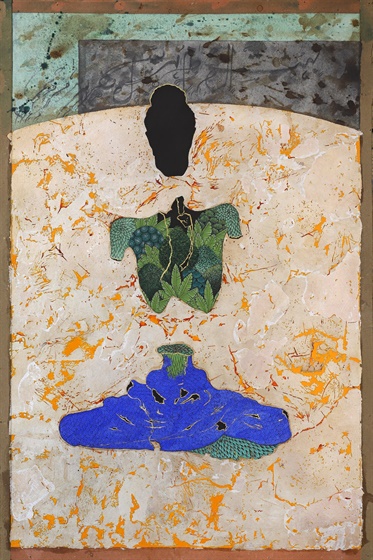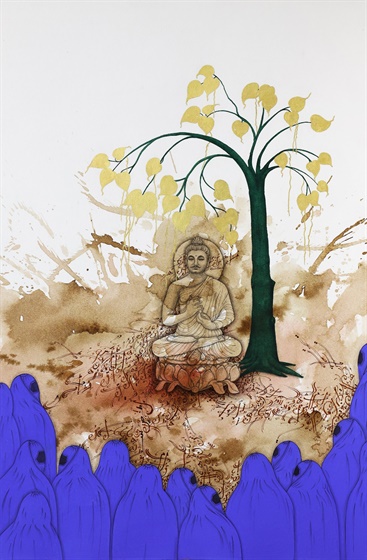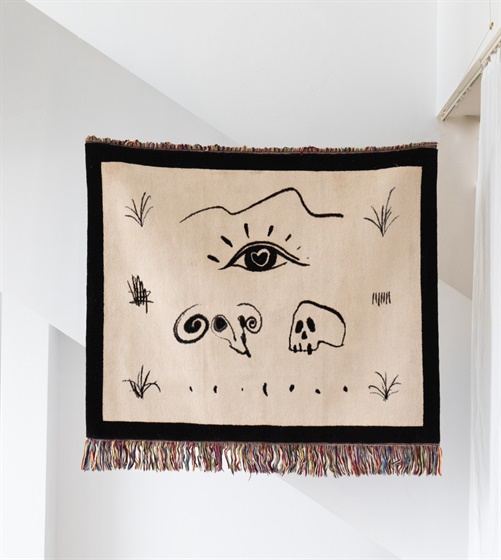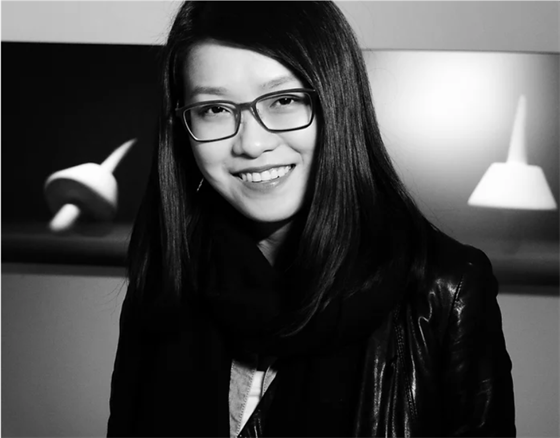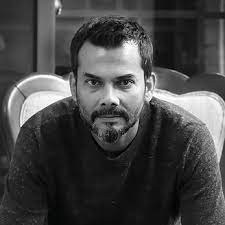Silk° N Road° E
Video Link of the exhibition: Silk° N Road° E
“Human beings attempt to reconstruct the lost whole through enduring fragments.”
——Stephen Owen
The term "longitude and gratitude" originated from the vertical and horizontal threads in fabric, which connect various ancestral information and carry multiple metaphorical meanings. In the interweaving threads, ancient people drew an image of heaven and earth, constructing a society based on the division of individuals as the smallest unit. The intricate network of cities was stitched together, city-states were established, and gradually flourished as different civilizations emerged through the interactions of people. In the late 19th century, the Silk Road, named by the German geographer Ferdinand Paul Wilhelm Freiherr von Richthofen, served as a cultural hub connecting east and west. Spanning 6,440 kilometers, this land has, for centuries, witnessed the continuous collision and blending of diverse cultures, as bustling cities thrived through the exchange of trade.
In this exhibition, we take "the road" as the main thread, aiming to explore the antiquities along the ancient Silk Road in the context of the contemporary world, reflecting upon and examine the characteristics of ancient art, while also exploring how contemporary art responds, and envisioning the possibilities of future "networking" pathway. Starting from the perspectives of three artists, both local and international, who have conducted on-site research along specific regions of the Silk Road, we will encounter classical Mughalminiature paintings interpreted from a contemporary viewpoint, semi-fictional images focusing on the cultural landscapes of the border regions, as well as digital interpretations of traditional Hoten tapestries through the decoding of networks and pixels. By contrasting historical documents and ancient artifacts, viewers can better understand how artists from different eras and spaces perceive tradition, respond to cultural exchange, and engage in interpretation and reflection.
Using the traditional Mughal miniature painting as a foundation, Pakistani artist Waseem Ahmed, inheriting the spirit of the "Neo-miniatureArt Movement", has prepared several works for this exhibition in an attempt to explore relationships between humans and nature, humanity and divinity, and the boundaries of civilization. In Liu Yujia's video arts, the desolate and arid borderland seems to be standing in silence for eternity, in which we can see the handwritten records of mapping annotations and remnants of damaged statues, as well as the presence of travelers and local people. Artist Lin Aojie continues to explore diverse art forms such as audiovisual works, paintings, and textual forms, combining iPad painting with traditional Xinjiang tapestries. The pixelated images continue the logic of Pop Art creation and evoke a rich visual perception. The artwork uses minimal brushstrokes to outline several symbolic elements found along the Silk Road, touching on themes of barrenness and abundance, death and rebirth.
Along the Silk Road, we focus on the cultural artifacts that are dispersed in a dotted pattern, following the path of different civilizations' religious, royal, and universal dissemination, in order to glimpse the evolution of their content. In this exhibition, we begin with cuneiform clay tablets as a prologue, and present exquisite glassware and rugged grassland bronze beasts, religious stone carvings, and gold and silverwares that symbolize frozen civilizations. Additionally, we showcase solemn still-life vessels and intricately woven textiles. Starting with the "Eternal City" of Rome, where humanity shaped its worship of countless gods, we then trace the early spread of pan-Hellenic images from Persia to Bactria and Sogdiana. Along the journey from Gandhara to Chang'an, monks carved rock statues and depicted the spiritual devotion of the Buddhist realm. Non-material cultural forms like music and dance extended from the Western Regions, influencing the ritual and musical art system from top to bottom in the Central Plains, and eventually entering the daily lives of the common people.
As we return to the present and revisit the Silk Road, the camel footprints on the yellow sand have been replaced by hard asphalt road surfaces. When humans retrace this, ancient artifacts of various civilizations interact with present-day humanity.While space represents latitude, and time represents longitude, the multiple points of civilization that intersect along these lines continuously change, connecting the cultural region of Eurasia like a string of beads. Humanity continuously explores this road, constantly expanding into new cultural domains and pushing the boundaries of thought.

